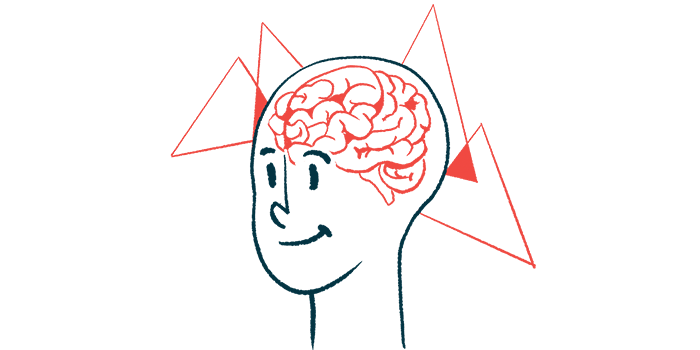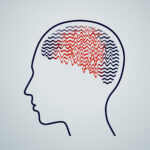Deep Brain Stimulation May Help with MS-associated Tremors

Deep brain stimulation (DBS) effectively reduces tremors in people with multiple sclerosis (MS), but may lead to worsening symptoms and speech problems, according to a review study.
While these findings support the use of DBS for treating this common, disabling MS symptom, larger studies using standardized measures of tremors would help to assess the risk-benefit profile of DBS accurately in this patient population.
The review study, “Deep brain stimulation for multiple sclerosis tremor: A systematic review and meta-analysis,” was published in the journal Multiple Sclerosis and Related Disorders.
Tremors are one of the most common symptoms of MS, affecting 25% to 58% of patients and being severe in 3%–15% of cases. The arms, legs, head, trunk, and vocal cords are the most commonly affected.
For many MS patients, tremors can be debilitating enough to severely impair quality of life and are challenging to treat.
Given its success and approval for Parkinson’s disease and essential tremor, DBS has also been used for the treatment of severe MS-associated tremors when other treatments have failed.
It involves the surgical implantation of electrodes in the brain to stimulate the thalamus — an area involved in motor function — with electric impulses. The amount of stimulation is controlled by a pacemaker-like device placed under the skin, near the collarbone.
However, the operation itself may cause brain bleeding and infections. Some patients may also develop new symptoms, such as speech and swallowing difficulties, and balance problems.
Now, a team of researchers in Iran systematically reviewed studies published up to March 2021 that investigated the effects of DBS on MS-related tremors. From a total of 1,663 studies, 17 — covering 162 MS patients — were included in the meta-analysis.
The studies were published between 1999 and 2018, and included 15 full studies and two conference abstracts. Most (58.8%) were conducted in the U.S. or the U.K.
The number of patients in each study ranged from three to 22, and their mean average age ranged from 36 to 46.5 years. Follow-up time varied between three months and 62.4 months (about five years).
Six studies applied objective tools to assess tremors, and these tools varied between studies. Two studies used the Fahn Tremor Rating Scale, one applied the Fahn-Tolosa-Marin Clinical Rating Scale, and another used the Clinical Rating Scale. The tremor disability score and the visual analogue scale were used in one study each.
Results showed that the pooled rate of tremor reduction was 73% (range of 22%–100%) and that DBS led to a significant reduction in tremor scores, by a mean of -2.9 points.
One study reported improvements in quality of life among patients showing tremor reductions following DBS.
In addition, the most commonly reported adverse events with DBS were MS worsening or relapse (13 patients), followed by dysarthria or speaking difficulties (seven patients) and seizures (six patients). Dysarthria is a motor speech disorder caused by neurologic damage. Infections were reported in five patients.
“The result of this systematic review and meta-analysis demonstrate that MS-related tremor improves after DBS,” the researchers wrote.
But given the high variability between studies in terms of follow-up duration and tremor assessment, as well as the low number of included patients, larger studies using standardized measures are needed to better assess the intervention’s benefits in this patient population, they added.








